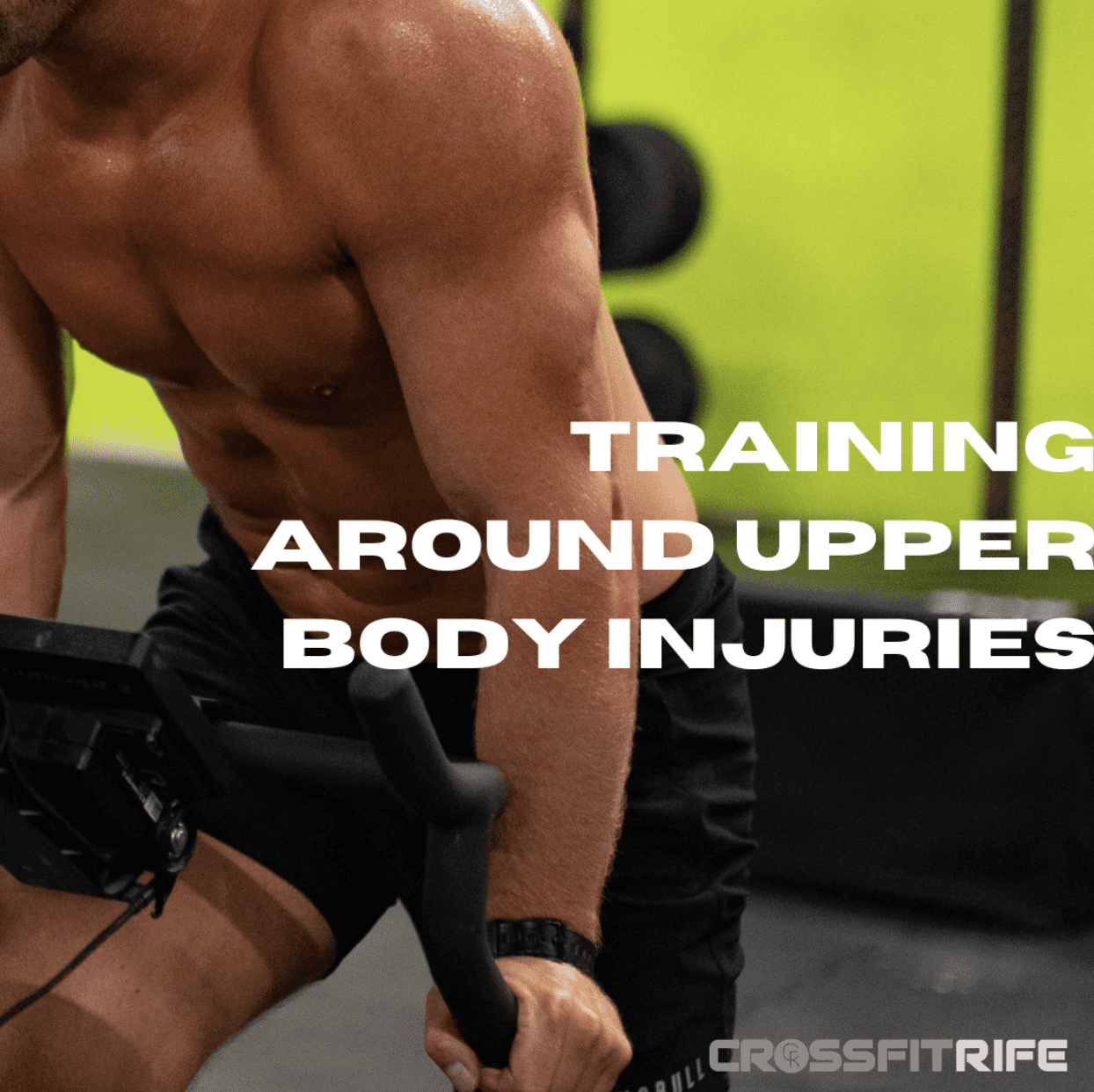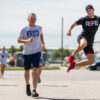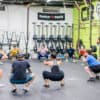Training with Upper Body Injuries
As a coach at CrossFit Rife, one of the most common concerns we hear from our clients is how to continue training with an upper body injury. Whether it’s a rotator cuff tear, labral tear, or bicep strain, upper body injuries can make it difficult to perform many of the exercises in a typical CrossFit routine. However, it’s important to remember that just because you have an injury, it doesn’t mean you have to stop training altogether. With the right modifications and guidance, you can continue to build strength and improve your overall fitness while healing from your injury.
Understanding the Injury
The first step in training with an upper body injury is understanding the nature of the injury. A rotator cuff tear, for example, is an injury to the tendons or muscles that surround the shoulder joint and help keep the arm in its socket. Symptoms include pain, weakness, and a decrease in range of motion. A labral tear, on the other hand, is an injury to the ring of cartilage that surrounds the shoulder joint and can cause pain, instability, and a catching sensation. And bicep strains occur when the muscle fibers in the biceps are stretched or torn, resulting in pain and weakness in the upper arm.
It’s important to see a doctor or physical therapist if you suspect you have an upper body injury, as they can properly diagnose your injury and develop a treatment plan. Depending on the severity of your injury, you may need to rest or engage in physical therapy to promote healing.
Training Around the Injury
Once you understand the nature of your injury, you can start thinking about how to modify your training to work around it. The key is to focus on exercises that target muscle groups other than the injured area, while also using proper form and avoiding movements that may exacerbate your injury.
For example, if you have a rotator cuff tear, you may want to avoid exercises that put a lot of stress on the shoulder, such as overhead presses and pull-ups. Instead, you can focus on exercises that target your back and core, such as rows and planks. You can also engage in exercises that promote shoulder stability and mobility, such as wall slides and band pull-aparts.
If you have a labral tear, you may want to avoid exercises that involve a lot of twisting and reaching, such as kettlebell swings and snatches. Instead, you can focus on exercises that target your legs, such as squats and deadlifts. And you can also engage in exercises that promote shoulder stability, such as planks and band pull-aparts.
And if you have a bicep strain, you may want to avoid exercises that put a lot of stress on the biceps, such as pull-ups and barbell curls. Instead, you can focus on exercises that target your chest, back, and legs, such as push-ups, rows, and squats. And you can also engage in exercises that promote shoulder and elbow stability and mobility, such as band pull-aparts and shoulder dislocates.
Working with a Coach
When training with an upper body injury, one of the most important things you can do is work with a coach. A coach can help you develop a personalized training plan that takes into account your injury and goals. They can provide guidance on how to modify exercises to work around the injury, and provide feedback on form to help prevent further injury.
At CrossFit Rife, we understand the importance of working with clients to help them achieve their goals, regardless of injuries. And that’s why we always make sure to take into account any injury or limitation that our clients may have, and create a customized plan that enables them to continue training safely. We work closely with our clients to monitor their progress, provide modifications as needed, and help them regain strength and function in the injured area.
It’s also important to keep in mind that healing from an upper body injury takes time and patience. There’s no magic solution that will instantly fix your injury. Rather, it’s a process that requires you to be consistent in your training, listen to your body, and communicate with your coach.
If you’re dealing with an upper body injury, it’s important to first understand the nature of your injury and work with a doctor or physical therapist. Then, you can focus on modifying your training to work around the injury and target other muscle groups, while also promoting stability and mobility in the injured area. And most importantly, it’s essential to work with a coach that can help you develop a personalized training plan and provide guidance and feedback throughout the process.
At CrossFit Rife, we’re dedicated to helping our clients overcome injuries and achieve their fitness goals. If you’re dealing with an upper body injury, don’t hesitate to reach out to us and let us help you get back on track.






